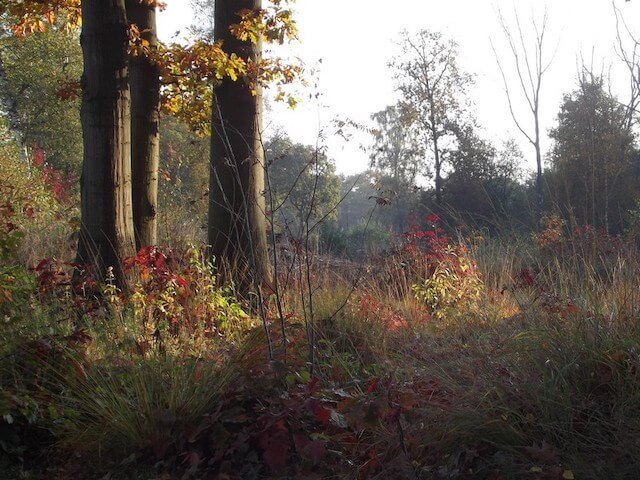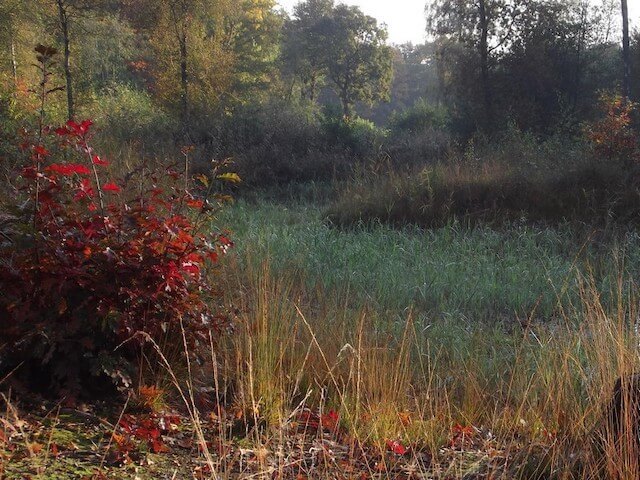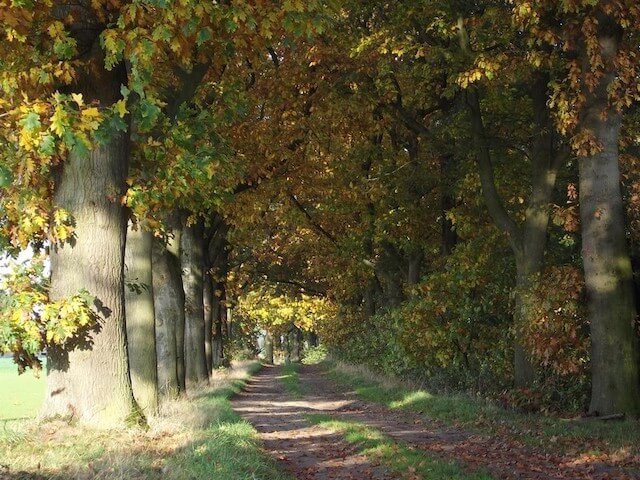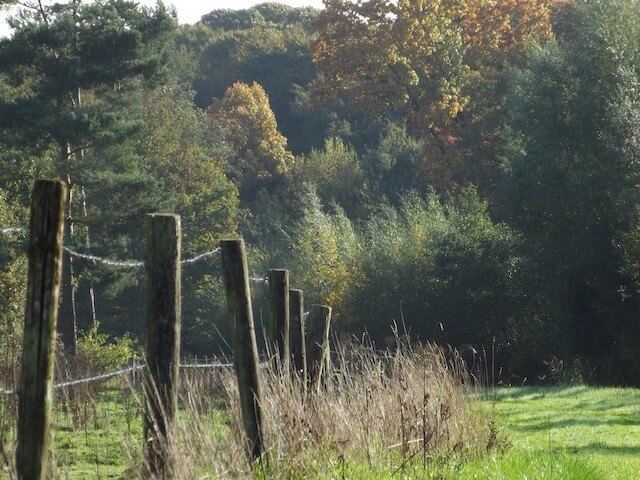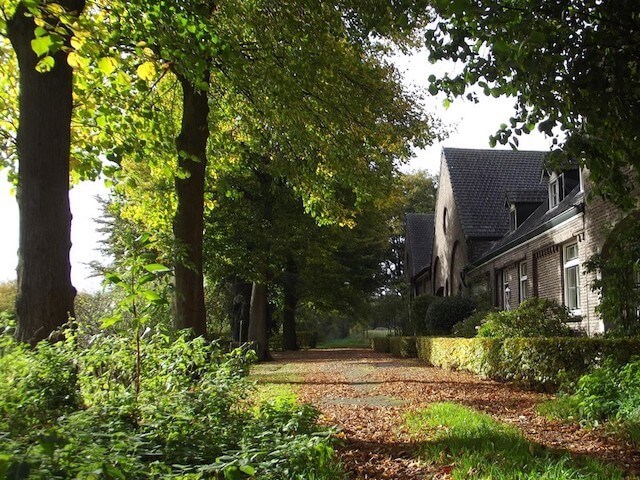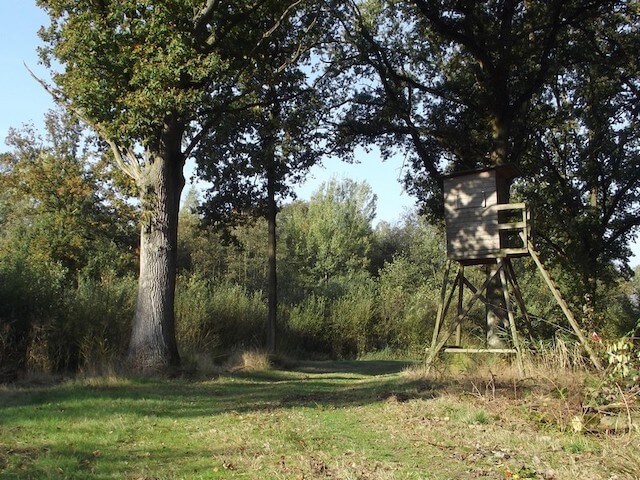
The walking tour takes you through the nature areas De Waterbloem, Kleine and Grote Moost, De Zwarte Peel, Nederpeel and the Spaans Bos. The forests of Waterbloem form a varied forest area with groves, swamps and grasslands. The Roggelsche Beek flows through the area. The area was a large swamp area until around 1850. The Kleine and Grote Moost are peel remains along the Noordervaart.
Distance: 16 km.
Time: 3h30.
Grade: Moderate.
Type: Circular.
Gps Track: Yes.
Route description: Yes.
Wheelchair: Not suitable.
Dog: Allowed.
Height gain: No info.
Trail: 90% unpaved.
Marking: See PDF route description.
Hiking shoes recommended.
Advertisement.
Waterbloem and Zwarte Peel Nature Reserves.
The Kleine Moost was used for digging peat. Later the areas were dewatered and planted with coniferous forests on the higher parts, currently the areas are being watered again. The Zwarte Peel and the Nederpeel is the catchment area of the Neerpeelbeek, this stream meanders beautifully through the landscape. The hiking route winds along the stream through both areas. Finally, the hike through the Spanish forest, this area consists mainly of softwood, but there are also oaks and beeches, some of which are more than 130 years old. As a point of interest one passes by a former monastery farm with a brewery building built around 1853. The buildings are the only ones that have been preserved from the original monastery complex.
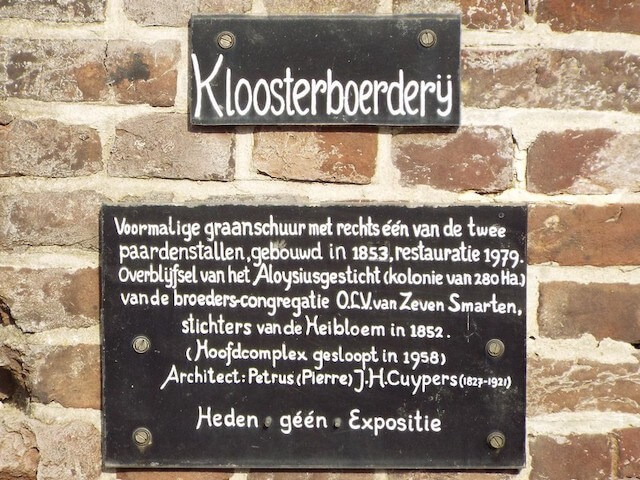
Download PDf for route description.
POI 1 - Kloosterboerderij.
The former monastery farm was built around 1853 in the style of Traditionalism. The Broeders van Liefde from Amsterdam had the Sint Aloysius agricultural colony built around 1852 at the neighborhood of Heibloem in Heythuysen. The entire monastery complex was built to the design of Dr. P.J.H. Cuypers. The original complex include monastery buildings with chapel and monastery farm and brewery. A part of the monastery farm and a brewery building from the end of the 19th century now remain.
No additional information.



